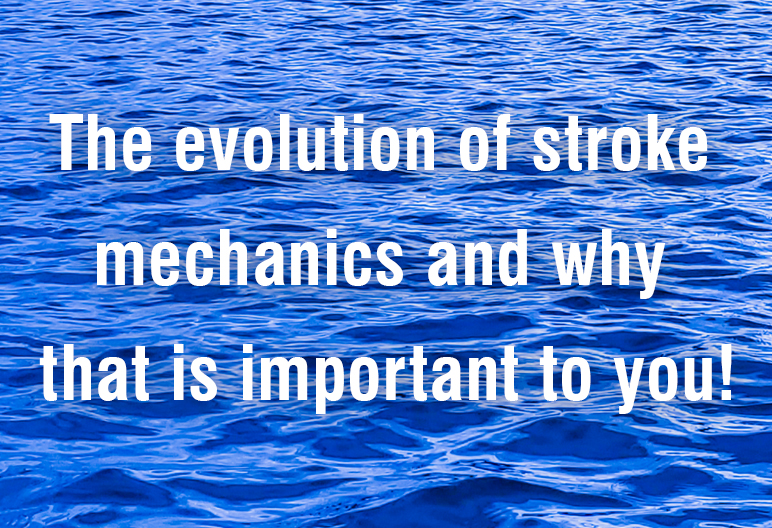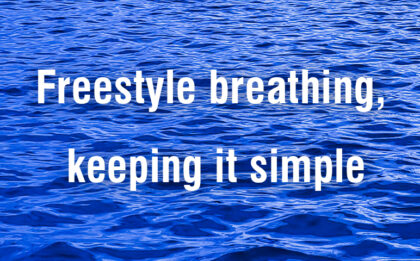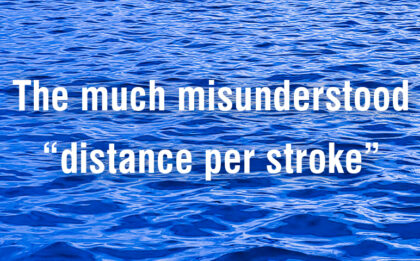Last week when I sat thinking about the breaststroke for my blog, I struggled with what others will think about my emphasis on adduction (that is, the motion of squeezing the legs together). You see, these days, several top breaststrokers are very successful with a much narrower kick that emphasizes the whip of the lower leg rather than the press. My hesitation in writing a blog on breaststroke made me realized what my next blog needed to discuss, how to stroke mechanics evolve in swimming.
Swimming as a very long history of evolving not from careful research, or an advanced understanding of biomechanics, or hydrodynamics. So how does swimming develop? An attitude of: “It worked for that top swimmer, so it must be good, let’s do that.” Over the years, the single largest driver for stroke change is the reaction to what top swimmers are doing.
It does not mean that because it worked for them, it will work for you or anyone else. Top athletes often achieve success despite a flaw, but we don’t want to pass that flaw onto other swimmers. There is also a small problem with incorrect reverse engineering. That is, seeing a stroke tendency in a swimmer or many top swimmers but coming up with the wrong cause and creating a stroke mechanic that seems to match the outcome but misses the critical point of what made it work.
So, what do you do? You ask why. Why does it work that way? Make sure the answer is simple to understand science—physics, physiology, or hydrodynamics. Don’t accept solutions like it feels like you are swimming downhill. Phrases like this one are great, sometimes, for helping a swimmer get the feeling of a stroke change, but should not be a substitute for a grounded in scientific explanation.
Be aware of the change that no one will explain. It is probably not worth your time.




